On December 16, Ford Motor Company shut down production at its St. Paul, Minnesota, truck plant that assembles the lightweight Ranger pickup for the American market. The closure wiped out some 800 jobs and left many of the affected workers looking for new employment in the middle of the worst economic recession since the 1930s.
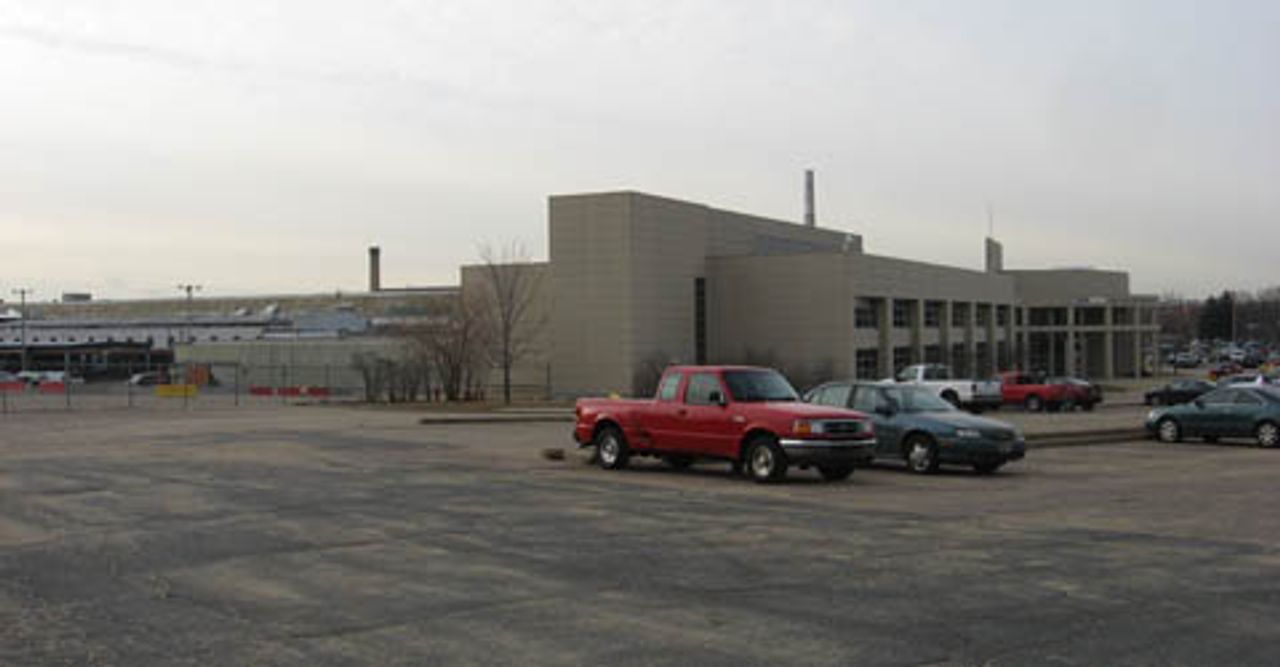 St Paul Ford plant
St Paul Ford plantThe decision to shutter the St. Paul facility first emerged back in 2006 when Ford’s new president and CEO Alan Mulally announced a new plan called “The Way Forward.” It targeted the closure of 16 plants and the elimination of 30,000 workers, reducing the company’s North American workforce by 29 percent.
Ford plans on making the new Ranger in Thailand and South Africa. According to several St. Paul Ford workers, the Ranger will also be assembled in Brazil. But those vehicles will not be sold in the US market. Instead, Ford will concentrate on its more profitable and heavier F-Series trucks.
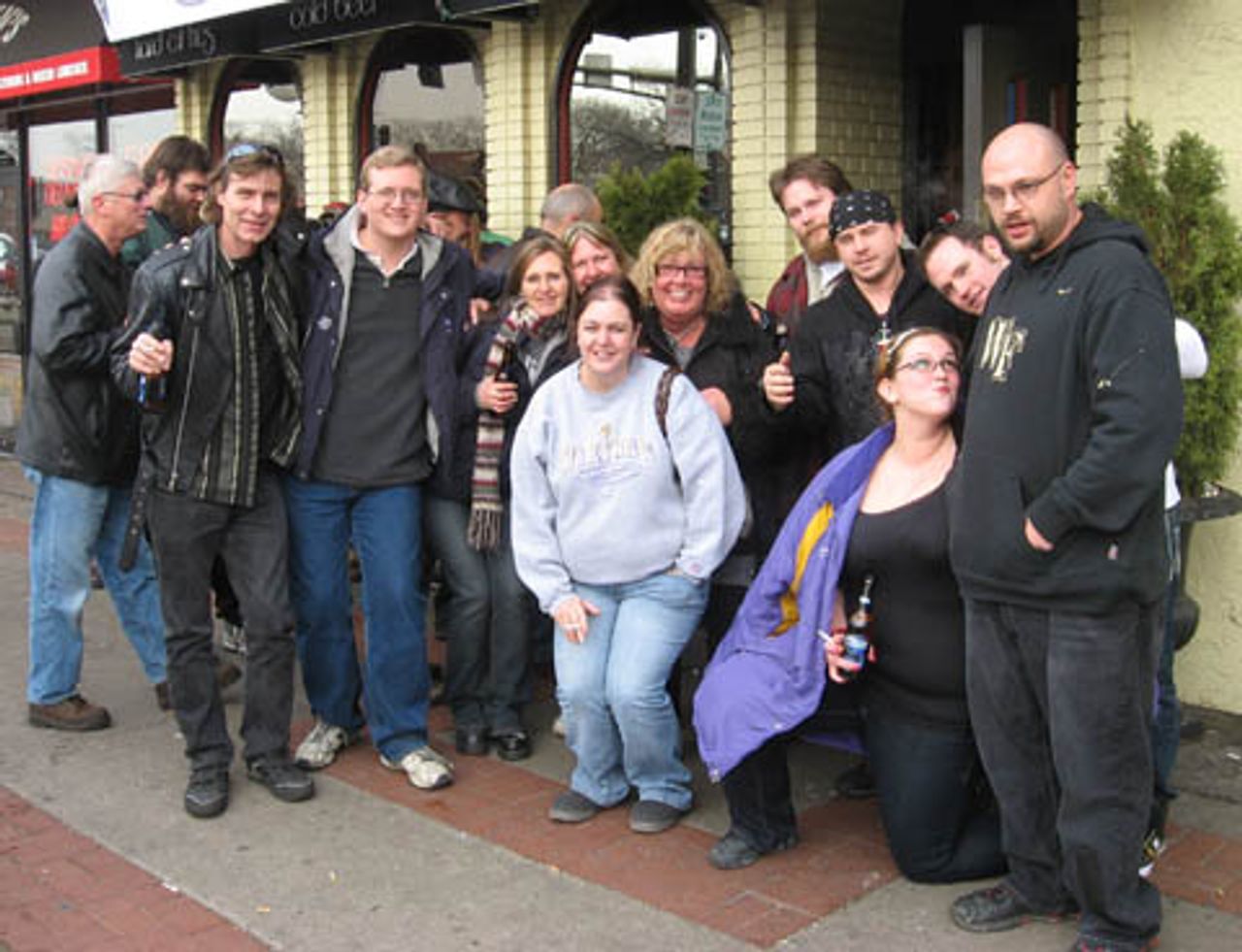 Ford workers gathering after closure of St Paul Ford plant
Ford workers gathering after closure of St Paul Ford plantOne Ford worker with 12 years at the plant said, “We’re out of the parts loop. We’re the farthest away from the other plants. The shareholders want to see their money right now. They don’t want to retool and wait five years to see a profit.”
In 2006, Ford said it would close the St. Paul plant in 2008. The 1,800 workers who worked there at that time were offered buyouts that changed the status of workers so the company would not be responsible for retiree benefits such as pensions.
Curtis, an 11-year veteran at Ford, explained what happened.
“In December 2006, when production fell back, right before Christmas, I took a buyout. Some took an educational package, but I took the straight buyout. I thought I might as well sever ties with Ford.
“I didn’t think I was going to ever come back. I was off all of January. Then, in February, I got a phone call. They were asking me to come back to work. I told them I would. So that makes me a flow-back. And under this new contract, a flow-back is not eligible to transfer to another plant.
“But the thing is, when I left at Christmas in 2006, I was making about $28 an hour without the cost-of-living. When they called me back two months later, I came back, at about $18 an hour.”
The closure of Ford plants, however, is not purely the product of economic pressures. The collaboration of the United Auto Workers (UAW) bureaucracy with Ford has been crucial to the destruction of jobs.
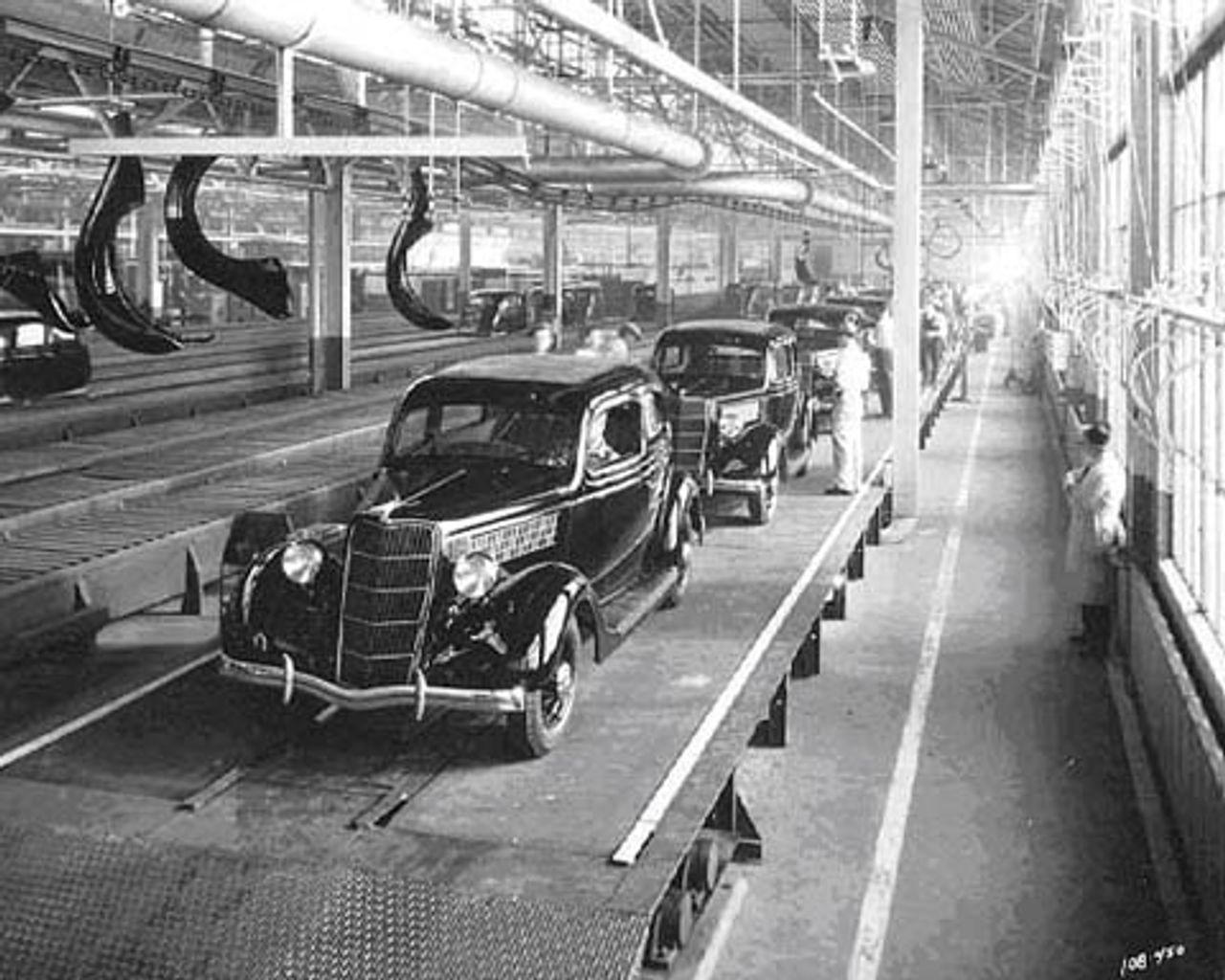 St Paul Ford plant assembly line, 1935
St Paul Ford plant assembly line, 1935In 2007, when UAW officials learned that Ford was making money on the Ranger due to lower-paid workers, they negotiated new concessions that would allow the plant to remain open until 2009.
Mitchell Wilkinson, who has worked at the St. Paul Ford plant for 23 years, related, “In 2007, we gave up $30,000 per person. We haven’t had a raise in almost eight years. But [Ford CEO] Mulally got about $24 million in bonuses, and I believe it was $52 million in stock options.”
Brett, who has four-and-a-half years in the paint department at Ford, said, “In 2007 and 2009, we gave up all guaranteed things like cost-of-living, the Christmas bonus. Ford told us it would be temporary, and when things got better, we would get everything back. That’s how they convinced people to give these things up.
“Now, the company is making billions and billions of profits, but we’re not getting back any of these things we gave up. What they’re trying to replace it with is conditional things—profit sharing, theoretical stuff like that—that may or may not be there in the future.
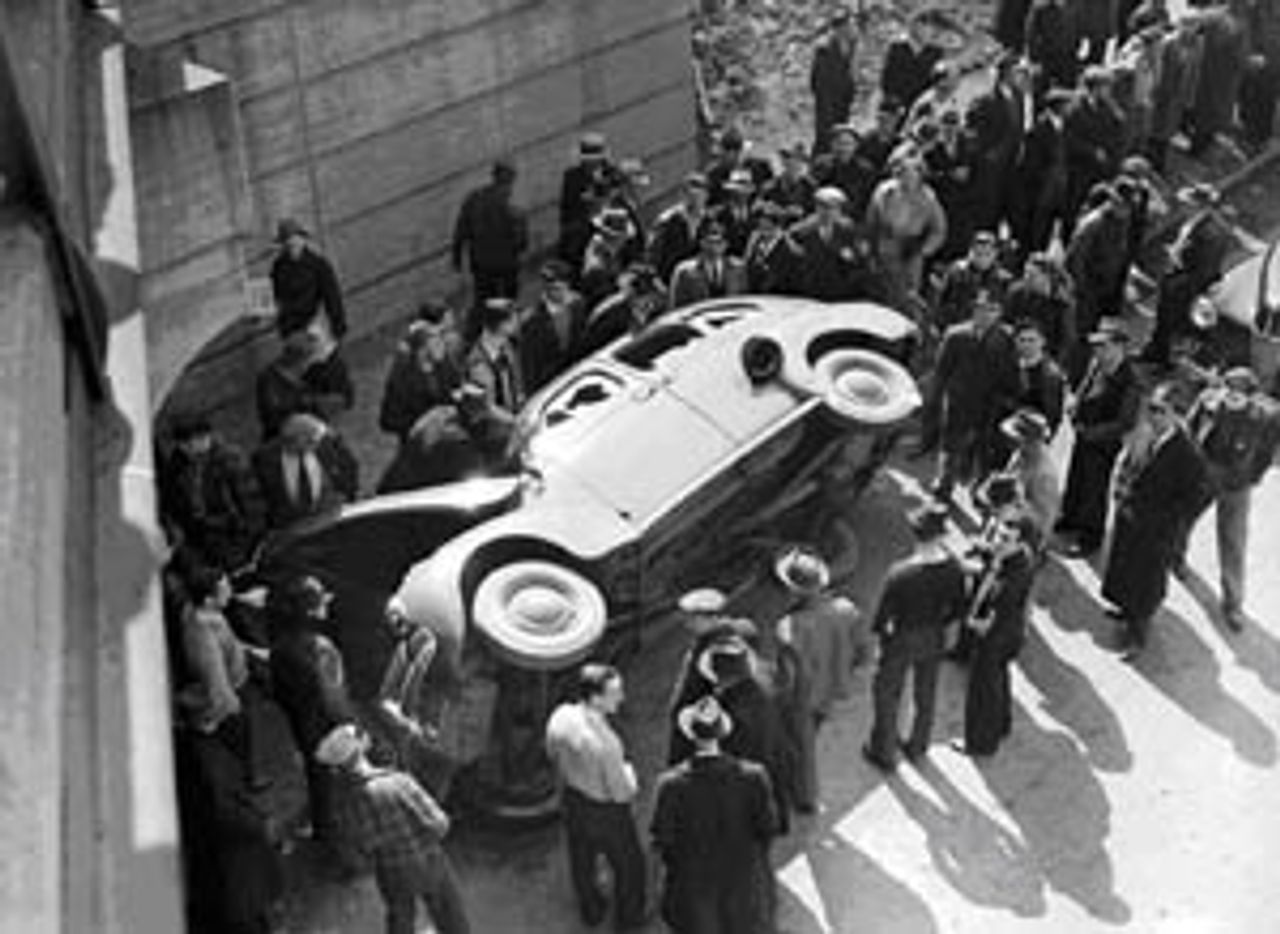 Workers overturn car during 1941 strike at Ford’s
Workers overturn car during 1941 strike at Ford’s River Rouge complex
“I’m TPT, temporary part-time. ‘Temporary’ is just Orwellian doublespeak. I’ve been temporary since 2007.
“Our factory here in St. Paul is something like a microcosm of what Ford wants to do on a national level. Legacy employees are full-time and have full seniority. Flow-backs came in as full-time, but now are temporary. I came in as a temp, and that’s what I still am. With the two-tier wage, they are bringing people in at $14 an hour.”
“We have probably over 700 guys in the plant,” said Curtis. “There are very few high-seniority guys who will be eligible for transfer. Most of them are flow-backs like me or temporary part-time. That was a real good way for Ford to divide the brothers and sisters in the plant. With these different titles, people get distracted from the brotherhood and sisterhood.
“My father was in the UAW. And even when I first started working, it seemed like the union was stronger. We saw our union rep every single day. But today, here, you never see your union rep. Today in the UAW, anything goes.
“Now they’re shutting the plant down. I’ve served my purpose as far as Ford is concerned.”
The general attitude of workers toward the UAW could be discerned when workers gathered at a local bar-restaurant shortly after the last Ranger came off the assembly. When UAW Local 879 president Paul Shropa appeared on a local TV station, a round of boos drowned out his interview.
“As far as the union,” said a young five-year employee, “I say, ‘What union?’ What have they done for me besides take a portion of my paycheck for the last five years? I’ve seen very little representation.”
“I see the plant closing as a disaster for our economy. Most of our people thought they would retire from Ford. Now this plant closes, and they’ve got to get a new job—if they can find a job. I saw people crying everywhere when that last truck came down the line.
“The working class is going to keep plummeting downward if the major manufacturers continue to outsource to make themselves richer. Today, the United States hardly manufactures anything anymore. We survive on imports.
“Look at Europe, now. What they are experiencing is what we’ve already gone through. They are headed in our direction.”
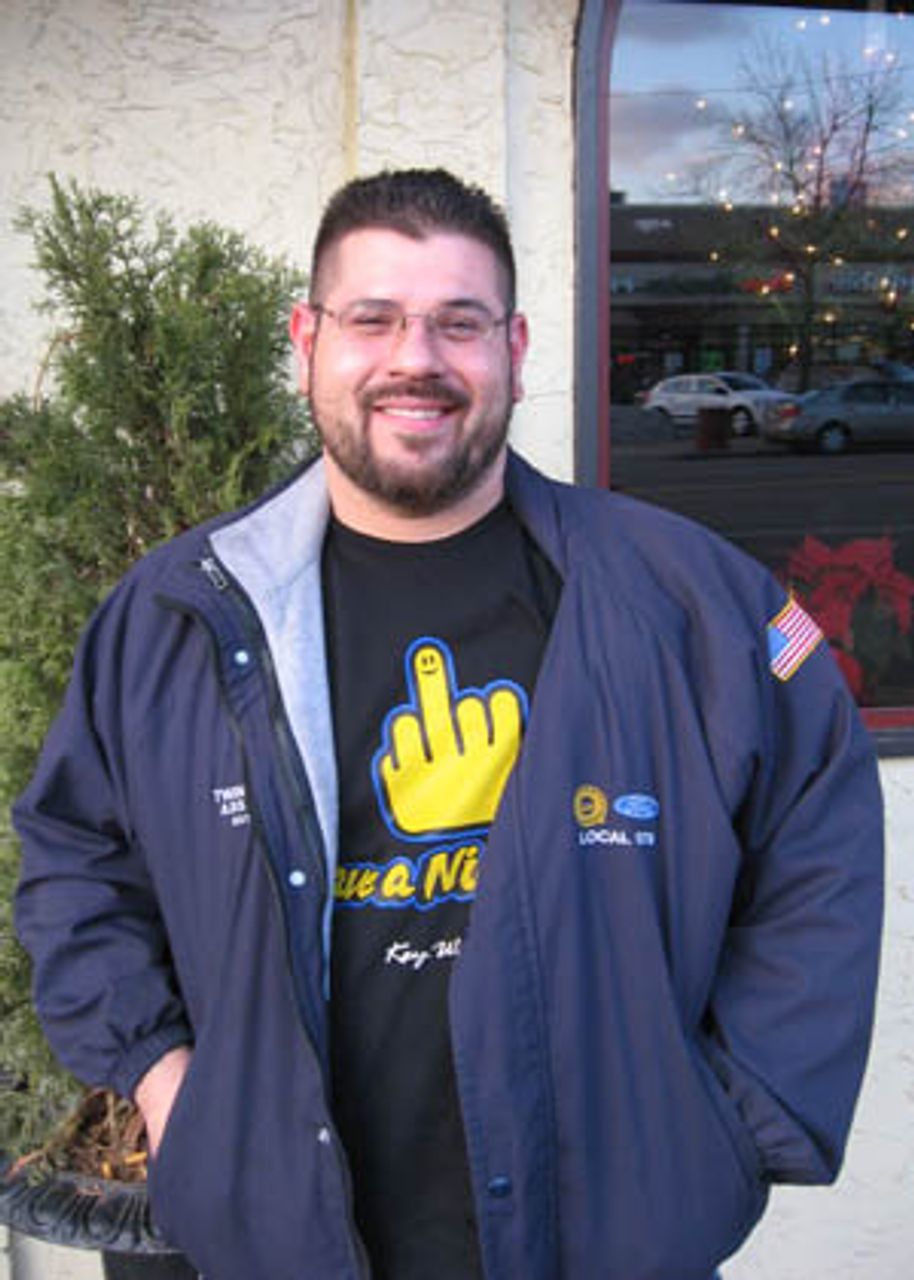 Joaquin Lerma
Joaquin LermaFord worker Joaquin Lerma agrees the shutdown of the plant will devastate many. But he also sees another side to the current depression. “It’s going to be exciting what will happen in the coming years. What I see coming is a revolution. People are tired of getting stepped on. I see the time when people are going to put their foot down, stand up, and fight.
“With the Internet, you can send a thousand messages with a click. It’s easier to spread your message now. People are lighting themselves on fire. People all over the world saw Egypt overthrow their dictator. Now you have Occupy Wall Street. Everybody saw in Oakland how they shot that marine.
“People will see in other countries that there’s somebody in the same position that they are in. People are starting to see how you can overthrow the government. It’s only going to spread.
“Governments think that intimidation will stop people. They think ‘shock and awe’ is intimidating. But the people are huge. Change has more to do with manpower and not firepower. And once it starts, it’s a wild fire and you can’t put it out.”
